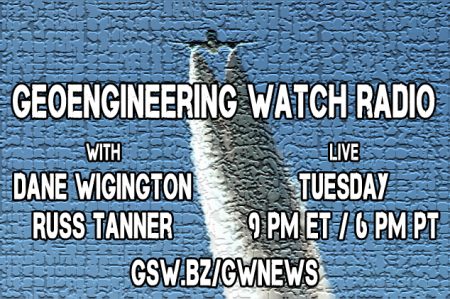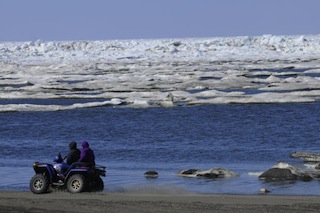Did Geoengineering Just Kill Almost 200,000 Alpacas In Peru?

Dane Wigington geoengineeringwatch.org The climate engineers have an endless array of weather scenarios to create havoc, destruction, and death. Completely engineered protracted droughts are one form of climate engineering assault as we currently see in California, Brazil, the Caribbean, the Philippines, Australia, Africa, Russia, and other regions around the globe. Deluge and flooding are also a weapons of […]
7/14/2015 – Geoengineering Watch Radio

“White Bark Syndrome”. Mainstrea media disinformation a “circus of distraction”. The public does not know about the imploding world economic and ecological conditions. Impending environmental collapse caused by ongoing geoengineering programs. UV intensity burning leaves; people feeling the sun’s intensity. Food-fish population down as much as 90%. China GDP plummeting. China building ghost cities. Keeping […]
The Big Unchill

Source: The Boston Globe, written by David Abel The Big Unchill The Arctic ice is melting faster than ever recorded, the warmth tied to the emissions of modern life. But it is the ancient ways at the top of the world that are most at risk. BARROW, Alaska — A mile off the coast of […]
